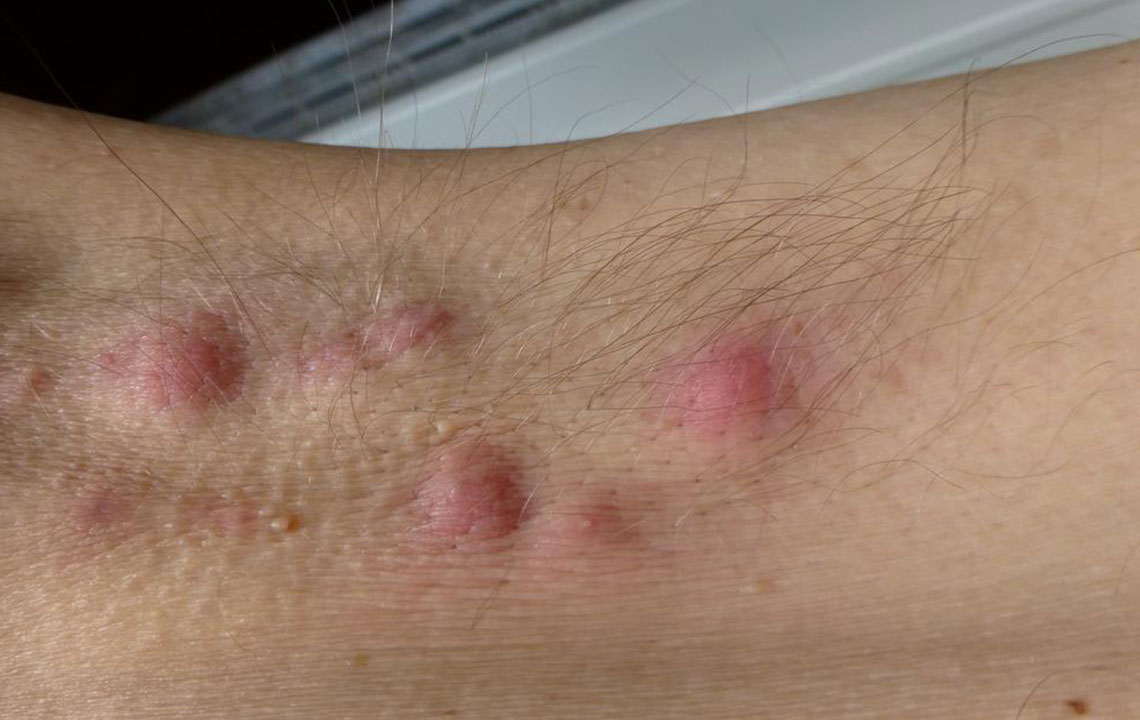Causes, Diagnosis, Treatment, And Prevention Of Abscess
Causes, diagnosis, treatment, and prevention of abscess
An abscess is a bacterial skin infection that is characterized by a bump-like, walled-off collection of pus. It occurs within the skin or just under its surface. It can easily be felt while touching. The most common areas of occurrence include chest, back, buttocks, and some facial regions. In rare cases, they can develop in hairy areas such as armpits. Abscesses are painful and warm to touch.

In some cases, an antibiotic is prescribed by the doctors to treat it. Usually in cases where the patient is suffering from fever, nausea, or already has diabetes or any other condition that has resulted in a weakened immune system, an antibiotic is prescribed. However, only antibiotics are not enough to treat this infection. It needs to be opened and drained out. Sometimes, if the abscess is small, this can be done at home. Sometimes, the draining also happens on its own. However, in certain conditions, medical attention is required. If the abscess has a diameter of more than two inches and/or there are multiple of them on the body, then a doctor’s intervention is required to open them and drain them. If abscesses persist for more than two weeks despite attempts to drain them at home, then medical attention is also required for abscess treatment.
What causes abscess?
- The most common cause of abscess formation is a bacteria named Staphylococcus aureus, which enters the body via cuts, punctures, abrasions, or insect bites.
- If you suffer from diabetes or have a weak immune system, you are at a much more risk of contracting abscess.
- A chronic skin condition such as eczema or acne can lead to the formation of an abscess.
- If you touch a person infected with abscess, the possibility of you getting abscess increases.
- If you do not follow a proper hygiene, there are chances that you might get infected.
- A condition named folliculitis can lead to the formation of an abscess within the hair follicle.
What are the symptoms of an abscess?
- An abscess is a tiny bump that looks like a pimple, growing into a swollen skin boil filled with pus.
- The skin around the infection is warm and painful to touch.
- You might experience frequent bouts of nausea, fever, or have lymph nodes that are swollen, depending on what caused an abscess.
- While you can treat smaller abscesses at home, you should consult a doctor if the abscess develops on your face, or they that a diameter of over two inches or you have multiple such growths.
How can you undertake abscess treatment?
- For small abscesses, just a normal warm compress treatment will work. It will help to reduce pain, reduce inflammation, promote drainage, and prevent it from spreading.
- Medical attention is required to treat larger abscesses. They need to be treated and drained by a doctor.
- The doctor needs to check the abscess thoroughly, determine its cause, and then figure out if an antibiotic is required.
- However, if you are experiencing a fever, or body ache, or already have an immune system that is weakened, antibiotics would be prescribed to you.
- Wash your hands after touching an abscess. It is also necessary to clean everything that comes in contact with it.
How can abscess be prevented?
- It is almost impossible to completely avoid abscesses, but if you follow proper hygiene, they can be prevented.
- You should always wash your hands thoroughly, using an anti-bacterial cleanser.
- Always keep your cuts clean, dry, and covered until they have completely healed. This will prevent the bacteria from entering the skin and spreading.
- Refrain from sharing personal items such as razors, towels, lipsticks, or lip balms.
- Take care while shaving your armpits. If you cut yourself by mistake, clean the wound, sterilize it, and keep it dry until healed.




